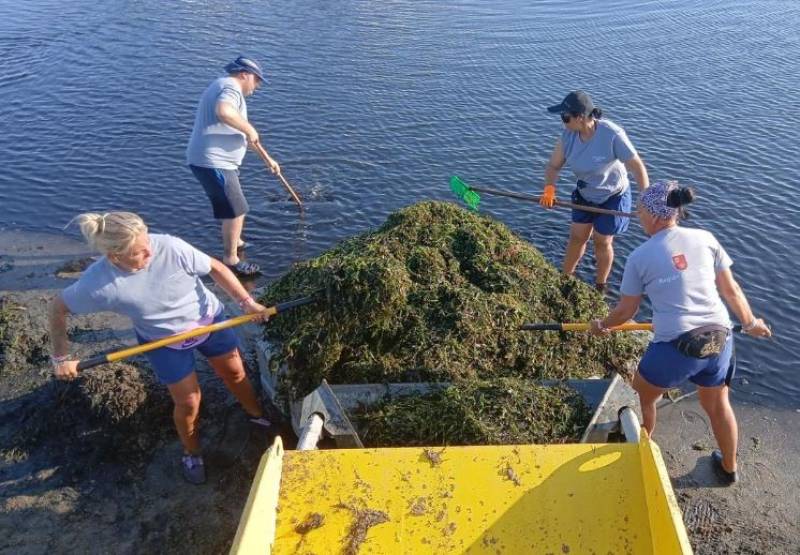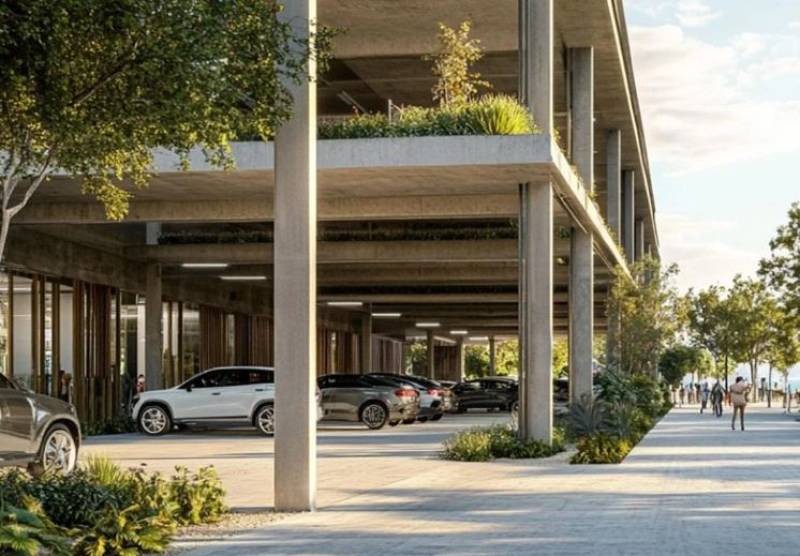- Region
- Águilas
- Alhama de Murcia
- Jumilla
- Lorca
- Los Alcázares
- Mazarrón
- San Javier
-
ALL AREAS & TOWNS
- AREAS
- SOUTH WEST
- MAR MENOR
- MURCIA CITY & CENTRAL
- NORTH & NORTH WEST
- TOWNS
- Abanilla
- Abarán
- Aguilas
- Alamillo
- Alcantarilla
- Aledo
- Alhama de Murcia
- Archena
- Balsicas
- Blanca
- Bolnuevo
- Bullas
- Cañadas del Romero
- Cabo de Palos
- Calasparra
- Camping Bolnuevo
- Campo De Ricote
- Camposol
- Canada De La Lena
- Caravaca de la Cruz
- Cartagena
- Cehegin
- Ceuti
- Cieza
- Condado de Alhama
- Corvera
- Costa Cálida
- Cuevas De Almanzora
- Cuevas de Reyllo
- El Carmoli
- El Mojon
- El Molino (Puerto Lumbreras)
- El Pareton / Cantareros
- El Raso
- El Valle Golf Resort
- Fortuna
- Fuente Alamo
- Hacienda del Alamo Golf Resort
- Hacienda Riquelme Golf Resort
- Isla Plana
- Islas Menores & Mar de Cristal
- Jumilla
- La Azohia
- La Charca
- La Manga Club
- La Manga del Mar Menor
- La Pinilla
- La Puebla
- La Torre
- La Torre Golf Resort
- La Unión
- Las Palas
- Las Ramblas
- Las Ramblas Golf
- Las Torres de Cotillas
- Leiva
- Librilla
- Lo Pagan
- Lo Santiago
- Lorca
- Lorquí
- Los Alcázares
- Los Balcones
- Los Belones
- Los Canovas
- Los Nietos
- Los Perez (Tallante)
- Los Urrutias
- Los Ventorrillos
- Mar De Cristal
- Mar Menor
- Mar Menor Golf Resort
- Mazarrón
- Mazarrón Country Club
- Molina de Segura
- Moratalla
- Mula
- Murcia City
- Murcia Property
- Pareton
- Peraleja Golf Resort
- Perin
- Pilar de la Horadada
- Pinar de Campoverde
- Pinoso
- Playa Honda
- Playa Honda / Playa Paraíso
- Pliego
- Portmán
- Pozo Estrecho
- Puerto de Mazarrón
- Puerto Lumbreras
- Puntas De Calnegre
- Region of Murcia
- Ricote
- Roda Golf Resort
- Roldan
- Roldan and Lo Ferro
- San Javier
- San Pedro del Pinatar
- Santiago de la Ribera
- Sierra Espuña
- Sucina
- Tallante
- Terrazas de la Torre Golf Resort
- Torre Pacheco
- Totana
- What's On Weekly Bulletin
- Yecla


- EDITIONS:
 Spanish News Today
Spanish News Today
 Alicante Today
Alicante Today
 Andalucia Today
Andalucia Today
Date Published: 04/08/2025
Thousands of tonnes of algae cleared, but the Mar Menor is still in deep trouble
Another spike in chlorophyll levels has raised serious concerns about the fragile state of the Mar Manor lagoon

Despite the removal of more than 4,200 tonnes of algae from the Mar Menor coastline already this year, scientists are again sounding the alarm about the lagoon’s deteriorating health.
Just two weeks ago, the Spanish Institute of Oceanography reported a sharp rise in chlorophyll levels, which are now five times higher than in 2023. While chlorophyll is essential for marine ecosystems, too much of it is a warning sign. The excess is making the water increasingly murky, blocking sunlight from reaching the seafloor and threatening the survival of underwater plant life.
The increase in chlorophyll is a result of intensified phytoplankton activity, which is closely tied to rising temperatures and excess nutrients flowing into the lagoon. According to a recent report from the Mar Menor Scientific Committee, these conditions are also reducing the amount of dissolved oxygen in the water - a dangerous development that raises the risk of hypoxia, when oxygen levels become too low to support marine life.
Although the lagoon has not yet reached hypoxic levels, current oxygen readings are considered to be within the risk zone. The Scientific Committee attributes the situation to a combination of heatwaves and nutrient pollution.
In the face of this environmental pressure, the regional authorities have been ramping up their clean-up efforts. Between January and July this year, 4,246 tonnes of biomass were removed from the coastline of the Mar Menor.
The year-round operation is staffed by around 100 people each day and is supported by the scientific community. Its main goal is to prevent the accumulation and decay of biomass in coastal areas, where it can release nutrients and contribute to further ecological imbalance.
“The aquifer continues to provide nutrients to the Mar Menor and is the main source of ecosystem disturbance, which translates into biomass. Thanks to the daily and sustained work of the regional government, this biomass is being removed before it degrades, reducing the imbalance and helping to protect the environmental quality of the ecosystem,” explained Councillor Juan María Vázquez.
In just the months of June and July, 897 five-person brigades, totalling 4,485 people, were deployed to the worst-affected zones. Since January, the full operation has involved 11,280 personnel across 2,256 brigades, marking a 30% increase in manpower compared to the previous year.
This ongoing clean-up effort is backed by a €13.2 million multi-year contract covering 2025 and 2026, with €7.1 million already allocated for this year. The regional government insists it will continue this work indefinitely as a vital part of protecting the Mar Menor.
But even with this sustained intervention, the message from the scientific community is clear: much more needs to be done to tackle the root causes of the Mar Menor’s distress. Until nutrient runoff is reduced and climate pressures are better managed, the long-term health of the lagoon remains far from secure.
Image: CARM
Contact Murcia Today: Editorial 000 000 000 /
Office 000 000 000





























